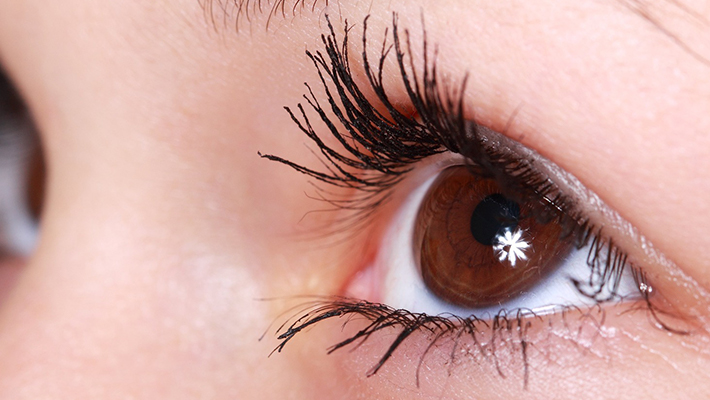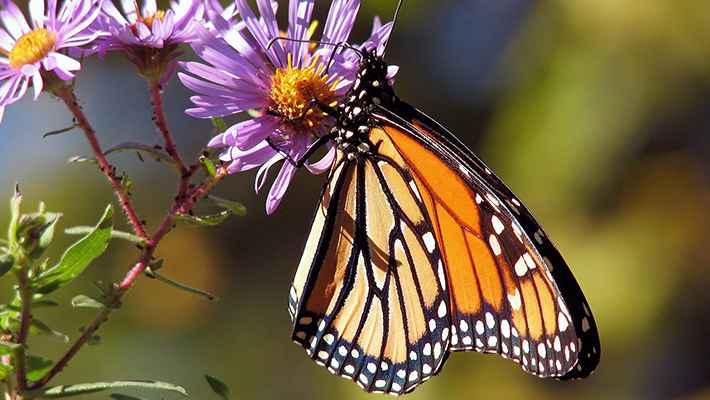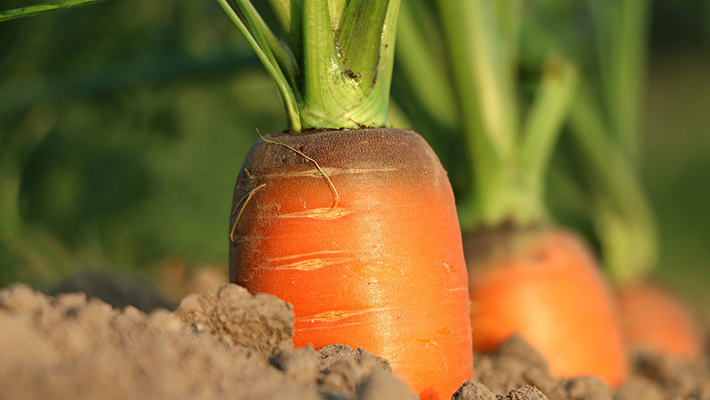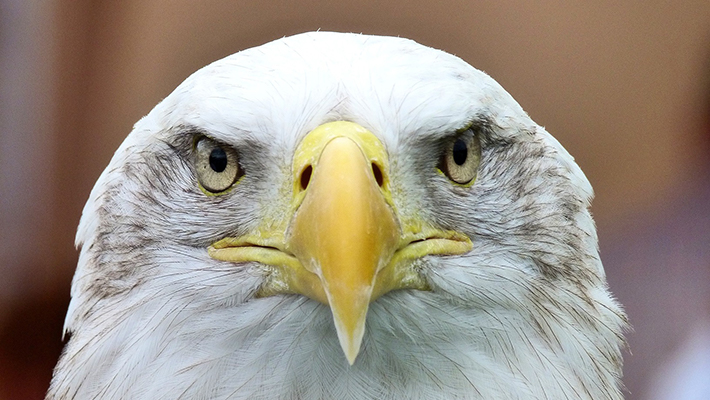Capturing macro close-up images is not always easy, and having grainy or out of focus shots are never fun. Understanding how your equipment, lighting, and subject work together to create a well-focussed image will help you take better close-up photos.

bluecranedigital.com gathered information and pro tips to help you better frame and capture close-up images.
What is Close-Up Photography
Close-up photography is a generalized term for regular close-ups, macro, and micro photography, referring to a tightly cropped image that shows a subject (or object) up close and with significantly more detail than the naked eye typically perceives. Whether you’re trying to shoot a subject’s face, computer components, or a tiny bacteria, several close-up photography tips can help you achieve a perfectly focused shot. Consider the following when shooting close-up photography:
1. Use a Reverse Lens
A reverse lens functions with its front facing the camera body and its rear facing outward. This technique results in the lens magnifying the image it sees rather than making it smaller.
Note: A reverse ring or another camera accessory may be required to implement this technique.
2. Adjust Exposure

Keep a camera’s aperture, ISO, and shutter speed in mind while capturing your close-up shots.
- Using a small aperture for micro photography lets you adjust the depth of field, sharpening the focus of your subject while blurring the background.
- For ISO, a low value means less grain in your photos
- You’ll also have to ensure the shutter speed is low too
Note: A fast shutter speed means a crisper, sharper image, so adjust your settings to accommodate your subject and environment.
3. Know Your Subject
You can use practically any subject in close-up photography. However, if you don’t develop a personal relationship with the subject, your photos will likely turn out flat and lifeless. Whether photographing people, components, wildlife, flowers, insects, architectural details, or still life, you should study the subject, observe its prominent features, and understand its story.
Note: If you don’t know the story behind your subject and photo, neither will people viewing it. Close-up photography means more than just capturing details. It also attempts to capture the atmosphere and effortlessly conveys a message.
4. Determine the Focal Point

During observation, you should look for a focal point. A good photo should have a strong focal point capturing people’s attention. The subject should be sharp, well-exposed, and placed in an appealing position. The rules of composition apply to close-up photography.
Note: Consider the colors of a flower or human iris, the shape of a fruit, the silhouette of a small plant, the texture of a rock, or the gentleness of a facial gesture.
5. Prevent Camera Shake
Some photographers use digital cameras with a feature-reducing camera shake (often called vibration reduction or image stabilization), keeping blur out of your photos (especially when shooting at lower shutter speeds).
Note: You can also use a tripod and remote trigger to keep your camera steady while you capture your images.
6. Capture Multiple Images with Different Lenses
Since close-up photography differs from macro, you don’t need any special gear and can take closeups without a macro lens. But you must get close to your subject, which means considering the minimum focusing distance of the lens you choose. For example:
- The minimum focusing distance for a 50 mm lens is about 18 inches
- The minimum focusing distance for a smartphone lens is just under an inch
- A 300 mm telephoto lens can’t focus closer than 4.5 feet but brings your subject closer by the nature of the lens optics
Note: Capture multiple images under various circumstances, using different lenses to determine which will produce your desired result.
7. Use Depth of Field

Your equipment’s magnification ratios and the small camera-to-subject distance in close-up photography typically result in a shallow depth of field (a small part of your subject will be in focus while the background will be blurred). This helps you mask or eliminate a busy background that you don’t want in your frame. However, if the depth of field is too narrow, you won’t have enough of the image in focus. Consider the following to help increase the depth of field:
- Use a smaller aperture (you’ll need to also lower the shutter speed to compensate for having less light entering the camera)
- Get slightly farther away from the subject
- Use a longer or telephoto lens
Note: It also helps if the distance between the subject and background is small. To do that, you can place the subject close to the elements you want visible in the background or choose a specific shooting angle.
8. Take Advantage of Negative Space

Negative space is the area of your frame with little or no detail (empty areas). A good composition needs some empty (negative) space to make the subject prominent. If you use a shallow depth of field, the blurred background typically acts as negative space.
Sometimes, you don’t have a background in close-ups, and the subject fills the entire frame. However, the subject may have some uniform areas that can act as negative space.
Note: Negative space balances your composition. You want to avoid busy or cluttered close-ups that distract the viewer and hide the principal element. You want everything balanced well to make the composition striking, appealing, engaging, and slowly revealing element upon element.
Close-Up Photography Tips
In this article, you discovered crucial information and tips to help you better define and capture close-up images when needed.
Knowing how to frame and adjust your equipment for capturing close-up photos will help you take better pictures and deliver the images your customers want.
Your unfamiliarity with how close-up photography differs from traditional photography will leave you taking blurred pictures with poorly framed subjects.
Sources:
nfi.edu/close-up-shot/
nyip.edu/photo-articles/photography-tutorials/how-to-take-close-ups-without-using-a-macro-lens
blogs.uww.edu/photograffy/2019/03/09/flowers-and-close-ups/
